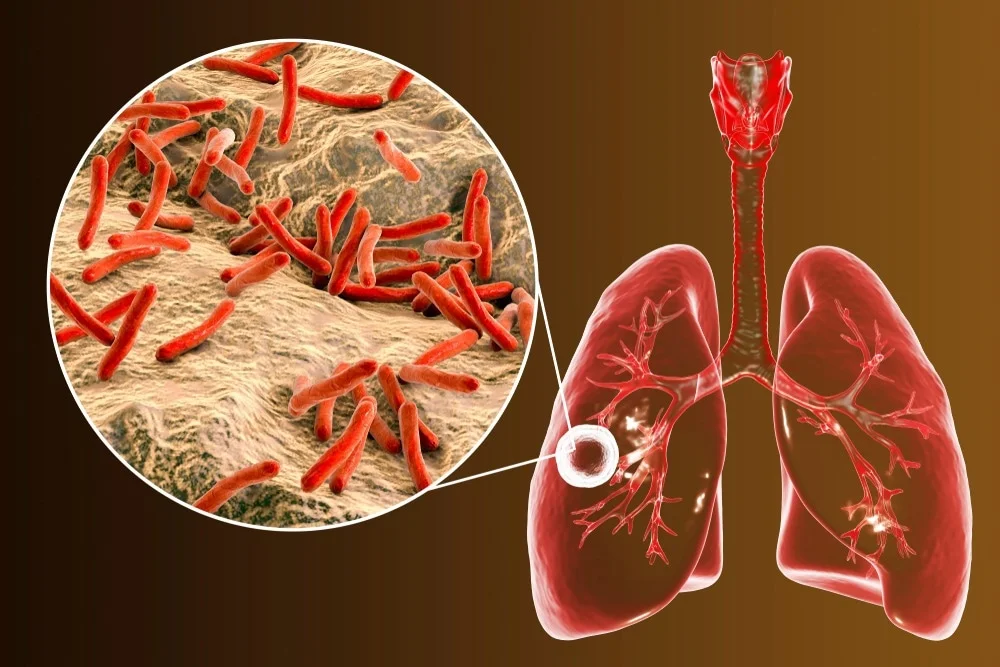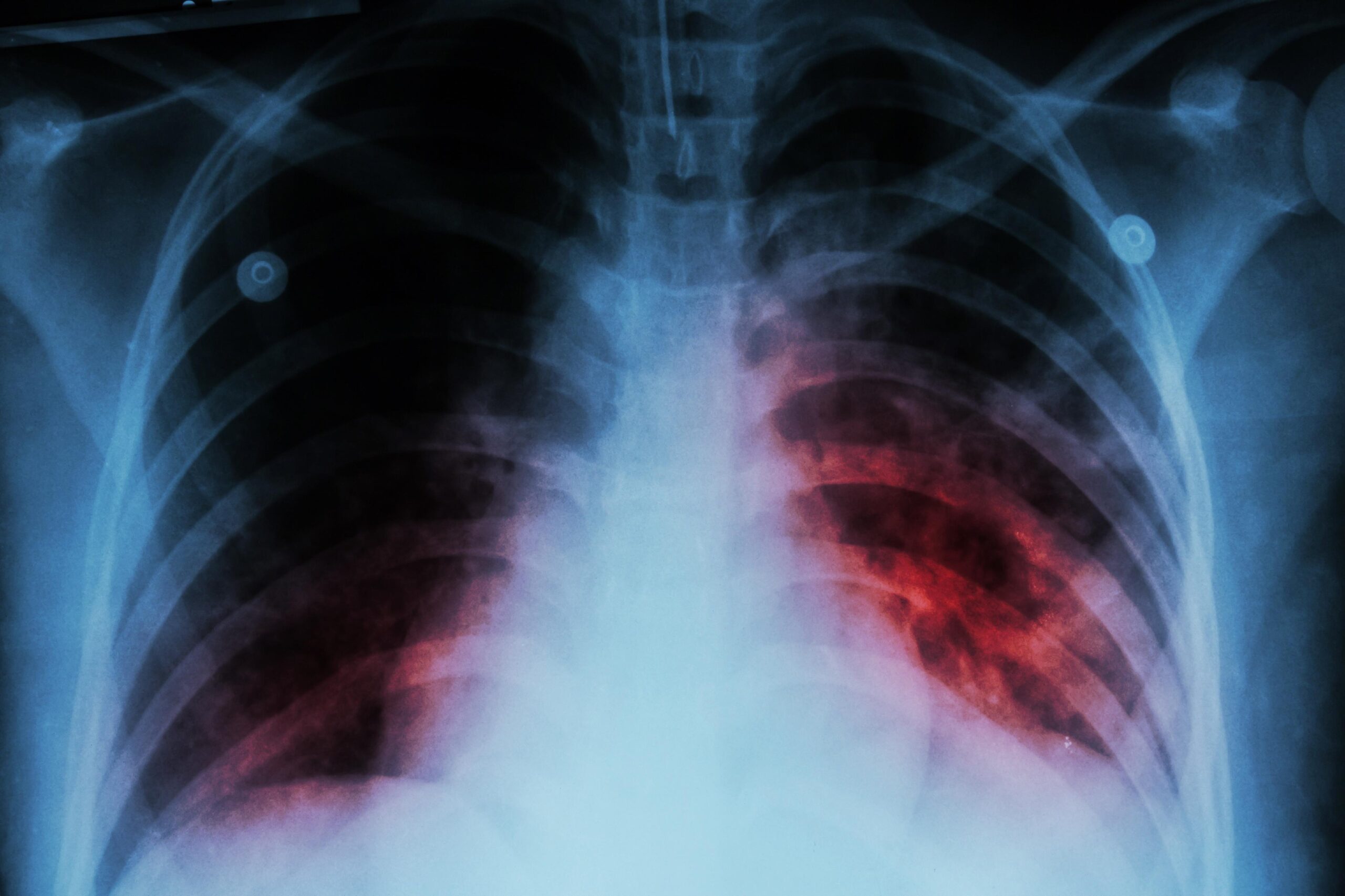Malaria is one of the most common diseases in Pakistan, particularly in rural areas. It is a parasitic infection transmitted by the Anopheles mosquito, and symptoms include fever, chills, headache, and muscle pain. Malaria is especially prevalent in the northern regions of Pakistan, which have a humid climate and abundant water sources that provide breeding grounds for mosquitoes. The disease can have serious consequences, particularly for children and pregnant women, and can lead to anemia, respiratory problems, and even death. Despite efforts to control malaria through mosquito control and the distribution of insecticide-treated bed nets, the disease remains a significant public health issue in Pakistan, with an estimated 5 million cases reported each year.
There are other several diseases that are common in Pakistan, but some of the most prevalent include:
- Dengue Fever: This mosquito-borne viral disease is common in many parts of Pakistan, particularly during the monsoon season.
- Tuberculosis: Pakistan has one of the highest rates of tuberculosis in the world, with around 510,000 cases reported each year.
- Hepatitis: Hepatitis B and C are both prevalent in Pakistan, with an estimated 8-10 million people infected.
- Typhoid fever: This bacterial infection is common in areas with poor sanitation and hygiene, and Pakistan has a high incidence rate.
- Polio: Pakistan is one of only three countries in the world where polio is still endemic, with cases reported each year.

It’s important to note that many of these diseases can be prevented or treated with proper healthcare and preventative measures, such as vaccination and mosquito control.



